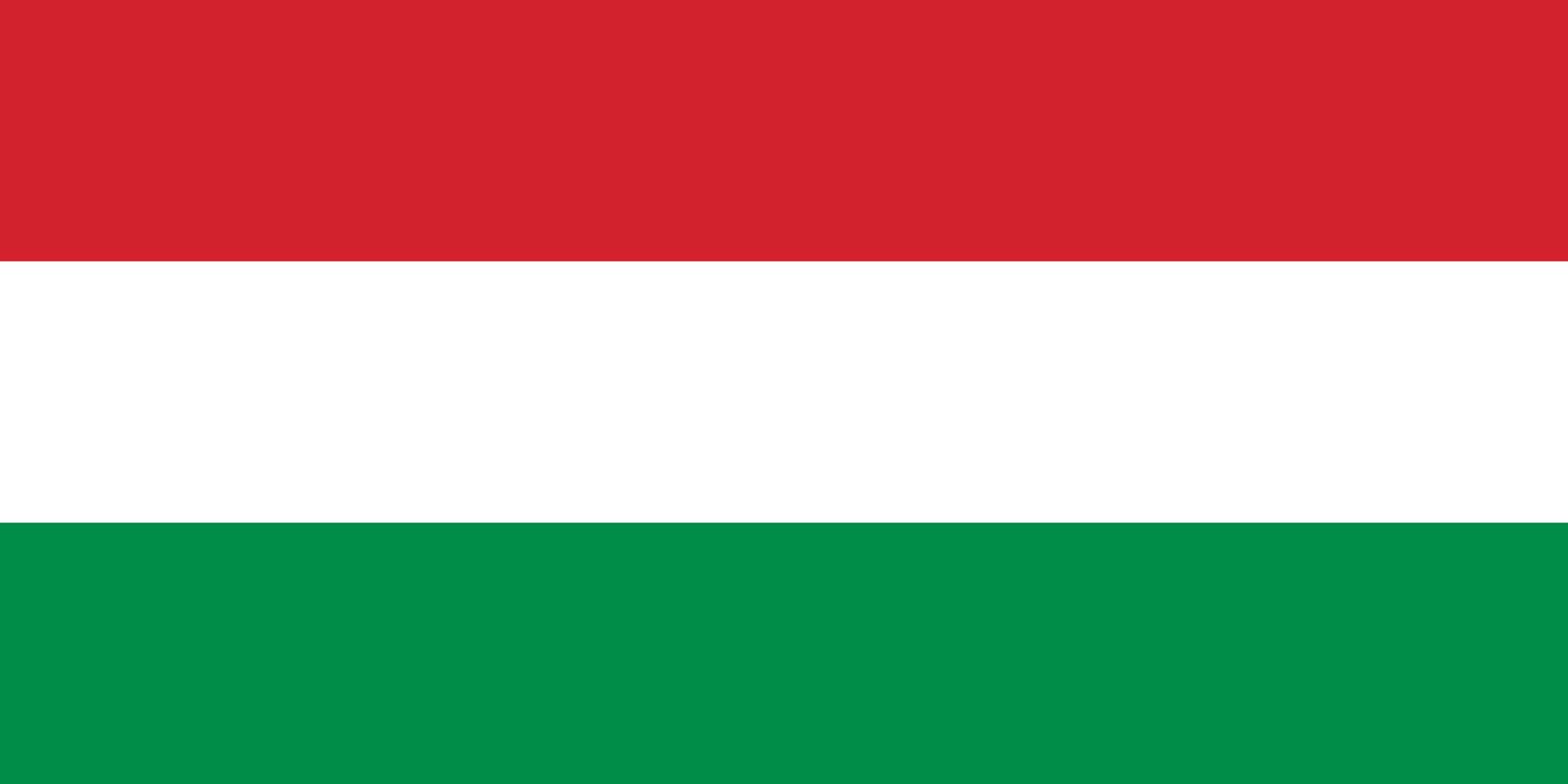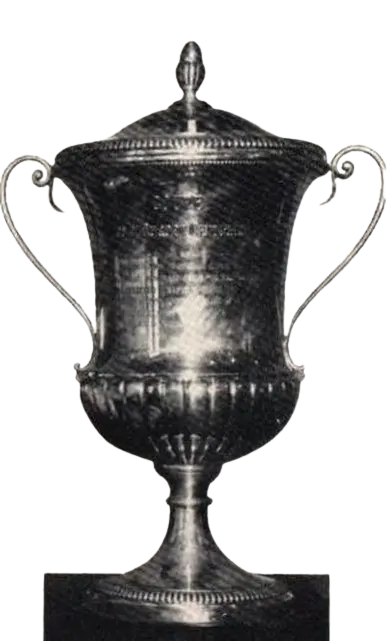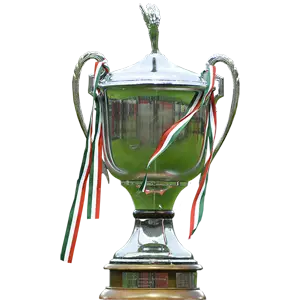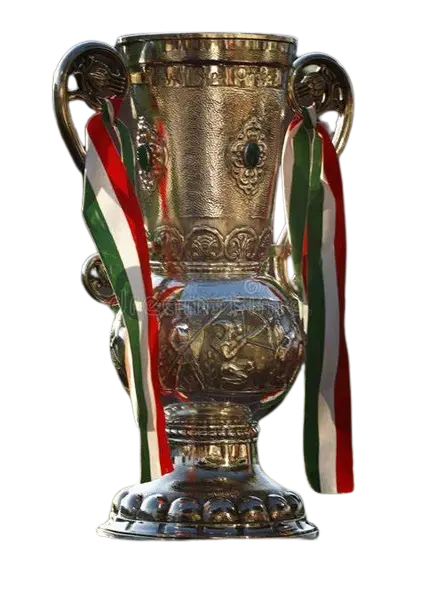György Sàrosi
György Sárosi is an absolute legend of Hungarian and world football. He is one of the most complete players in history and the best player in the history of the Mitropa Cup.

Games
Goals
Assists
Trophies
1930/48 Ferencvaros (HON) 450 matches, 421 goals
(Hungarian Championship: 386 matches, 350 goals)
(Hungarian Cup: 24 matches, 21 goals)
(Mitropa Cup: 42 matches, 50 goals)
(Tournament of Champions: 4 matches, 3 goals)
(St. Stephen's Cup: 9 matches, 9 goals)
(Saint Ladislaus Tournament: 3 matches, 4 goals)
(Tildy's Goblet: 1 match, 1 goal)
With the National Team :
62 caps, 42 goals
(Friendly matches: 39 caps, 18 goals)
(World Cup qualifiers: 1 cap, 1 goal)
(World Cup: 5 caps, 6 goals)
(International Cup: 17 caps, 17 goals)
1st cap: May 21, 1931 against Yugoslavia (2-3)
Last cap: November 7, 1943 against Sweden (2-7)

Dr. György Sàrosi
Born on September 16, 1912 in Budapest (HON)
Died on June 20, 1993 in Genoa (ITA)
Hungarian, striker, central-midfielder, center-back, 1m86
Nickname: Gyurka
The greatest players of his time praise him
György Sárosi was born on September 16, 1912 in Budapest. He impressed observers very early on and joined the first team of his lifelong club in 1930, at the age of 17, Ferencvaros. At the beginning of the 30s, his club took part in a second tour of South America in 2 years. This time György Sárosi was part of the trip. There, he played against the best teams on the South American continent.
He received compliments from one of the greatest legends of football: José Nasazzi. While playing in midfield, he impressed the Uruguayan player who would claim that he had one of the greatest hopes in world football and undoubtedly a player with a bright future.
In 1932, György Sàrosi, nicknamed Doctor, began his great adventure in the Mitropa Cup. Playing as a midfielder, he scored 3 goals on penalties in his first match in the competition against Juventus. Gyorgy Orth said: "I have found my successor".
From a very complete midfielder to a devastating center forward
2 years later, Sàrosi played as a centre forward and confirmed the hopes placed in him. At the beginning of April, the Easter Cup took place in Budapest, with Ferencvaros, MTK Budapest, Rapid Vienna and Austria Vienna taking part in the tournament. The centre forward scored 9 goals and established himself as the best player in the country.
Having already been selected for the national team since 1931 and a match against Yugoslavia lost 3-2, Sàrosi was to be the actor in a historic match. On 10 May 1934, a Hungary-England match took place in Budapest. England was then considered the best team in Europe by Western European journalists. But it was Hungary who won 2-1, Sàrosi scored a magnificent goal.
As a centre forward, he established himself as one of the most effective players of all time. He became the top scorer in each of the competitions in which he played, with the exception of the World Cup, a competition in which he still scored in each of his matches.
A player with an above average football IQ
He took part in the 1934 World Cup where he did not play against Egypt in the round of 16 but was a starter against Austria in the quarter-finals, it was a 2-1 defeat for Hungary. But Sàrosi scored a goal on a penalty in the 60th minute.
In 1935, Sàrosi reached the final of the Mitropa Cup for the first time in his career. He finished as the competition's top scorer with 9 goals. In the final, Sparta Prague beat Ferencváros TC 4-2 despite Sàrosi's good performances in the double confrontation.
The year 1936 was perhaps his best individual season statistically, but the player and his team did not win anything. Sàrosi had to be content with his title of top scorer in the Hungarian championship with 36 goals.
In 1937, Ferencvaros finished second in the Hungarian championship. A new disappointment for the player and his favorite club. In the Mitropa Cup, he was simply exceptional, the best player in the world without a doubt, he scored 12 goals and finished as the competition's top scorer. In the final, the Hungarian club faced Lazio Rome, with a cumulative score of 9-6 and a demonstration from the player.
In the first leg of this final, Dr. dribbles past three opposing players before scoring. And in the return leg, he scores a hat-trick. His third goal is considered one of the best of his career. He recovered a cross from his teammate Tancos and headed a goal into the top corner on the opposite side. Both the goalkeeper and the Italian fans were petrified.
At the same time, the player who is said to be very intelligent tactically but also off the field has passed and obtained his law degree, thus officially becoming Dr. Sàrosi.
The year 1938, worst and best year
At the same time, Hungary and György played the 1936-38 International Cup. A competition unfortunately interrupted and definitively stopped due to the Anschluss in April 1938. Even though Hungary was leading the scoreboard. But the player would still mark international football during the competition, during the Hungary-Czechoslovakia match which ended with a score of 8-3, György scored 7 goals against the legendary goalkeeper Planicka. A record that still stands today.
The year 1938 was surely the saddest of his career, the player who had been in a state of grace and had dominated football for several years was in search of the most prestigious of trophies, the World Cup. During the round of 16, Hungary faced the Dutch East Indies, Sàrosi scored twice and established himself as the leader of his team, as he had been for several years. At 27, he is at the top of his game.
In the quarter-finals, Hungary knocks out Switzerland by winning 2-0, with Sàrosi scoring the first goal of the match at the end of the first half. In the semi-finals, Sàrosi faces Sweden, it is a no-match. Arne Nyberg who scores the first goal of the match in the very first seconds of the match for Sweden cannot prevent his country from losing 5-1, again a goal by Sàrosi.
Hungary faces Italy in the final, even if Sàrosi scores a goal, he cannot prevent his country from losing 4-2. Silvio Piola scores twice and takes revenge for the Mitropa Cup final lost to the "giant" Ferencváros striker.
That season, the striker had also lost the Mitropa Cup to SK Slavia Prague 4-2. He still won the Hungarian championship and finished top scorer in the International Cup with 10 goals.
The rivalry with Zsengellér
The 1939 Mitropa Cup shows the dominance of Hungarian football in continental football at that time. The final was between two Hungarian clubs, Újpest FC and Ferencváros FC. It also marked the long-distance duel between Zsengellér and Sàrosi, two of the best players of the time, both Hungarians.
A goal machine, Zsengellér was the star striker of Újpest FC, in total, he would score 368 goals in 303 games for the club between 1936 and 1947. He had just finished the season in the league with 56 goals in 26 games, far from Sàrosi's standards. But unlike the latter, the Újpest FC striker was a simple finisher who played mostly in the box. Sàrosi is a complete striker, who can play in any position, whether in attack, defense or midfield. He is a very physical player and yet very agile.
In the final of this Mitropa Cup, it was indeed Gyula Zsengellér who came out on top. He scored 2 goals in the double confrontation and finished top scorer far ahead of the competition with his 9 goals scored.
The best player before World War II
During the early 1940s, the Hungarian championship and Hungarian life were often stopped because of the Second World War that hit the country and the daily life of its inhabitants. With 50 goals in 42 Mitropa Cup matches, he is the top scorer in the history of the competition and the best player in the history of the competition.
Sarosi is often considered a total, or at least universal, actor. Silvio Piola, who had faced him on more than one occasion, once praised his ability to play magnificently in any position. In reality, as we have seen, Sarosi played almost his entire career as a striker, with the exception of his beginnings as a midfielder. This is where he found his place although his interpretation of the role is unprecedented: he moves all over the attacking front and thanks to first-rate technical, athletic and physical skills, he is capable of scoring goals in all directions: from outside the area, acrobatically, dribbling or as a pure striker finishing off actions.
After ending his international career in 1943 after a 7-2 loss to Sweden, he would hang up his football boots in 1948, at the age of 36, while still one of the best players in the country. In total, he played 62 matches for the Hungarian national team and scored 42 goals, quite impressive when you consider that he also had a ratio close to 1 goal per match at club level.
Trophies :

Finalist World Cup x1
- 1938 (Hungary)

Mitropa Cup x1
- 1937 (Ferencváros TC)

Finalist Mitropa Cup x4
- 1935 (Ferencváros TC)
- 1938 (Ferencváros TC)
- 1939 (Ferencváros TC)
- 1940 (Ferencváros TC)

Hungarian League x5
- 1932 (Ferencváros TC)
- 1934 (Ferencváros TC)
- 1938 (Ferencváros TC)
- 1940 (Ferencváros TC)
- 1941 (Ferencváros TC)

Vice-Champion Hungarian League x5
- 1935 (Ferencváros TC)
- 1937 (Ferencváros TC)
- 1939 (Ferencváros TC)
- 1944 (Ferencváros TC)
- 1945 (Ferencváros TC)

Hungarian Cup x4
- 1933 (Ferencváros TC)
- 1942 (Ferencváros TC)
- 1943 (Ferencváros TC)
- 1944 (Ferencváros TC)

Finalist Hungarian Cup x2
- 1931 (Ferencváros TC)
- 1932 (Ferencváros TC)
Individual Trophies :
- Voted the best Hungarian footballer of the year in 1941
- 3rd best player in the World Cup in 1938
- 2nd best scorer in the World Cup in 1938 (5 goals)
- Top scorer in the Mitropa Cup in 1935 (9 goals) and 1937 (12 goals) (Ferencvaros)
- Top scorer in the Hungarian championship in 1936 (36 goals), 1940 (23 goals) and 1941 (29 goals) (Ferencvaros)
- Top scorer in the International Cup in 1935 (7 goals) and 1938 (10 goals)
- Named to the team of the tournament of the 1938 World Cup
- Voted eternal champion of Ferencvaros in 1946